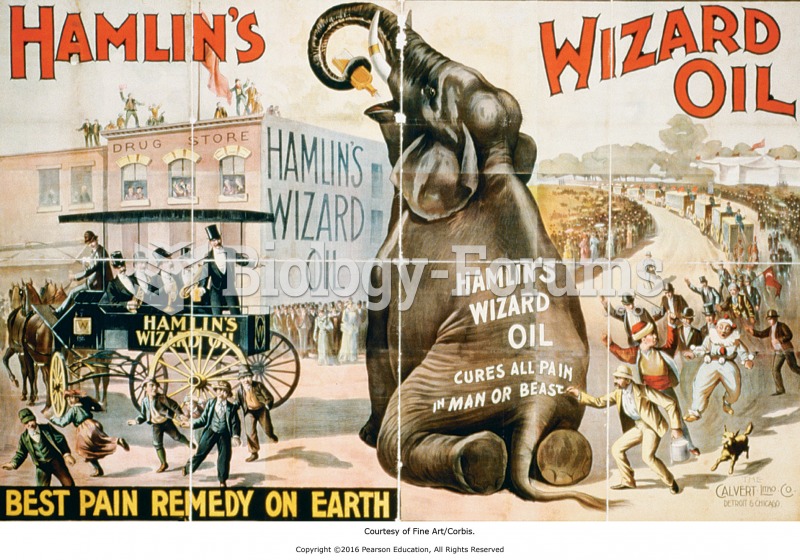- Grade 11 and 12 Mathematics (Moderator: geoffrey)
|
|
|
- Grade 11 and 12 Mathematics (Moderator: geoffrey)
According to the Migraine Research Foundation, migraines are the third most prevalent illness in the world. Women are most affected (18%), followed by children of both sexes (10%), and men (6%).
You should not take more than 1,000 mg of vitamin E per day. Doses above this amount increase the risk of bleeding problems that can lead to a stroke.
More than 20 million Americans cite use of marijuana within the past 30 days, according to the National Survey on Drug Use and Health (NSDUH). More than 8 million admit to using it almost every day.
Malaria was not eliminated in the United States until 1951. The term eliminated means that no new cases arise in a country for 3 years.
The familiar sounds of your heart are made by the heart's valves as they open and close.
 New England children like David, Joanna, and Abigail Mason (painted by an unknown artist around 1670
New England children like David, Joanna, and Abigail Mason (painted by an unknown artist around 1670
 For centuries, widows in the Mediterranean countries, such as thise widow in Greece, were expected ...
For centuries, widows in the Mediterranean countries, such as thise widow in Greece, were expected ...
 Patent medicines contained a name brand that clearly identified the product and claimed to cure just ...
Patent medicines contained a name brand that clearly identified the product and claimed to cure just ...




